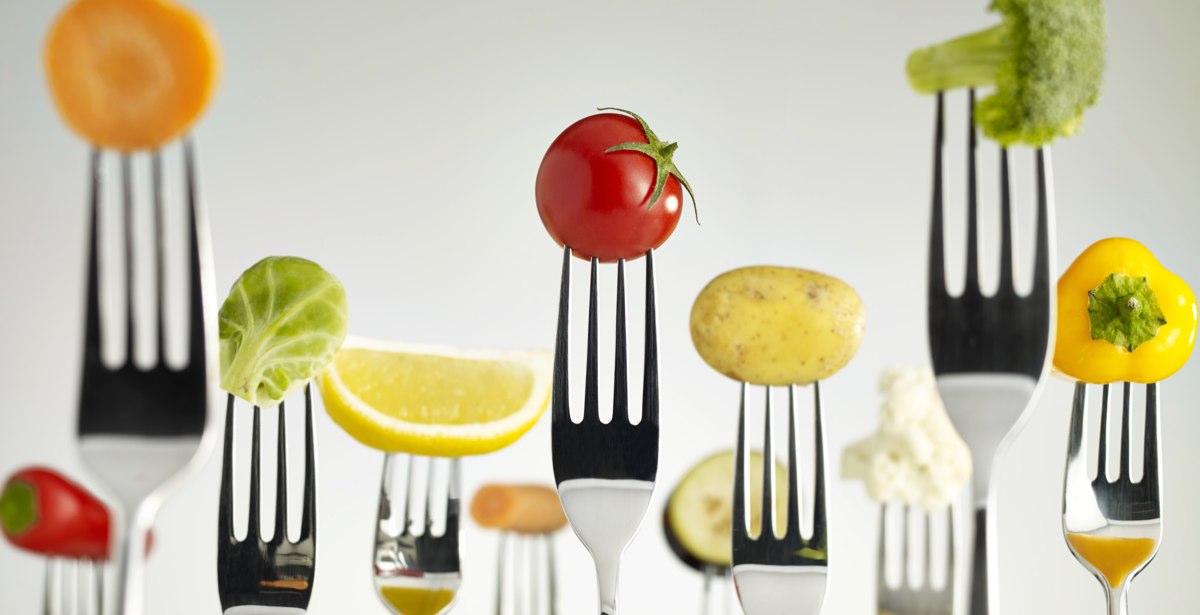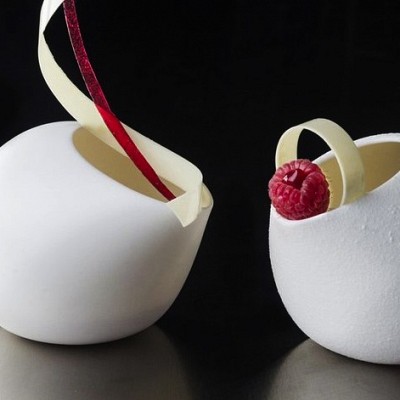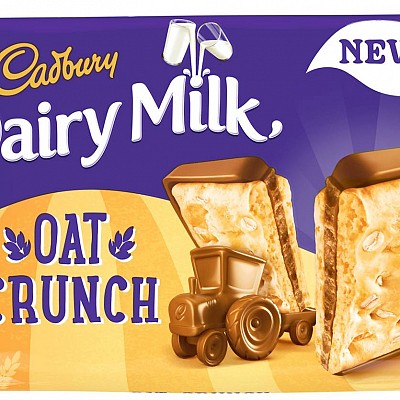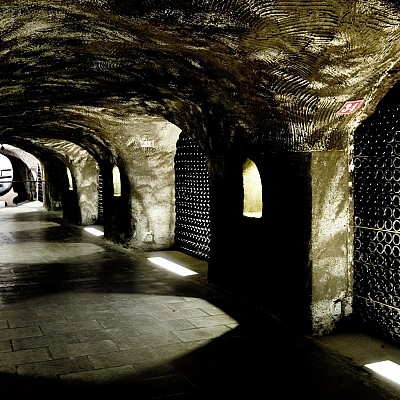In 2015, the dining experience will continue along its high-tech trajectory, this time expanding beyond tablet menus into facial-recognition technology.Neurogastronomy is set to change the way (as well as what, how, where and when) we eat while retailers and luxury brand names ranging from Ralph Lauren to Urban Outfitters entering the food service business.

These are among some of the interesting divinings from restaurant consultancy group Baum + Whiteman in New York who every year look into their crystal ball to come up with a list of trends they predict will pervade the restaurant and dining industry.
Topping their report is the role that technology will play in reshaping the dining experience.
Here’s a selection of prophecies from their 2015 report:
Technology
One of the more interesting — and alarming — predictions being made by the group, is how location-based technology and facial-recognition software may be used to change the way we’re served. For instance, instead of trying to elbow your way up to a crowded bar, mobile GPS technology can help waiters pinpoint your exact whereabouts and deliver your drinks.
Likewise, facial-recognition technology on devices like Google Glass could bring a new level of customized service: “Nice to see you again Mr Jones. Your usual Hendricks martini?”
Prepaid dinners at fine dining restaurants
After Chicago’s Alinea and Next restaurants implemented a ticketing reservation system requiring diners to prepay for their meal in advance a few years ago, it was recently announced that another top US chef, Thomas Keller, will be implementing the same advance ticketing system at his restaurants Per Se in New York and The French Laundry.
The price of tickets also includes service, which segues into another trend predicted to take hold in 2015: the end of tipping.
Neurogastronomy
Recently, a slew of scientific studies have shown how tweaking the environment and the way food is served can manipulate the way the brain tastes and interprets food. Drinks company Diageo, for instance, found that curved furnishings and red lighting will make a single malt taste sweeter, while sipping it in a room with a crackling fire and double bass soundtrack provides the most pleasurable experience.
Other researchers say that food tastes better when served on heavier china, and that hard and rough foods are perceived as healthier.
In the past, chef Ferran Adria showed that pink strawberry desserts taste 10% sweeter when served on round white plates as opposed to black square ones, while Nestlé found that round, curved chocolates melt better and release different flavors.
Retailers and luxury brands adding food options
The strategy employed by everyone from Ralph Lauren, Roberto Cavalli and Armani to Urban Outfitters is simple: Increase “dwell time,” the amount of time shoppers spend on the premises. Because the longer they linger, the better the odds that they’ll dish out more cash.
To do that, these brands are adding everything from coffee shops and dining options on-site at some of their bigger stores.
Fast-casualization of America
More and more fine dining chefs are recognizing the consumer appetite for fast-casual restaurants and moving away from opening linen tablecloth, white gloved service in favor of Chipotle-like joints that offer good food fast, at affordable price points.
Perhaps the best example is chef Jose Andres, who is opening a vegetable-focused fast casual restaurant in Washington called Beefsteak.






































